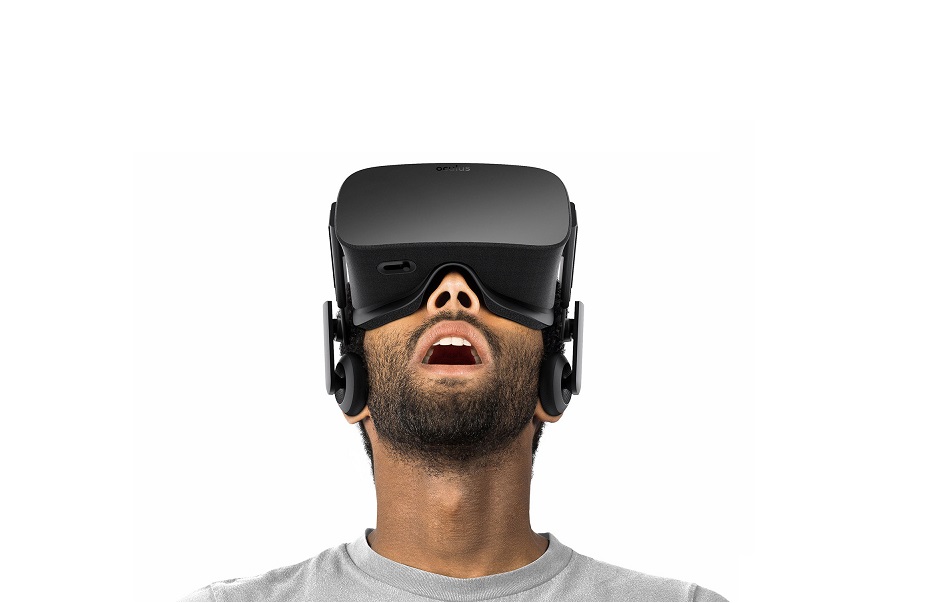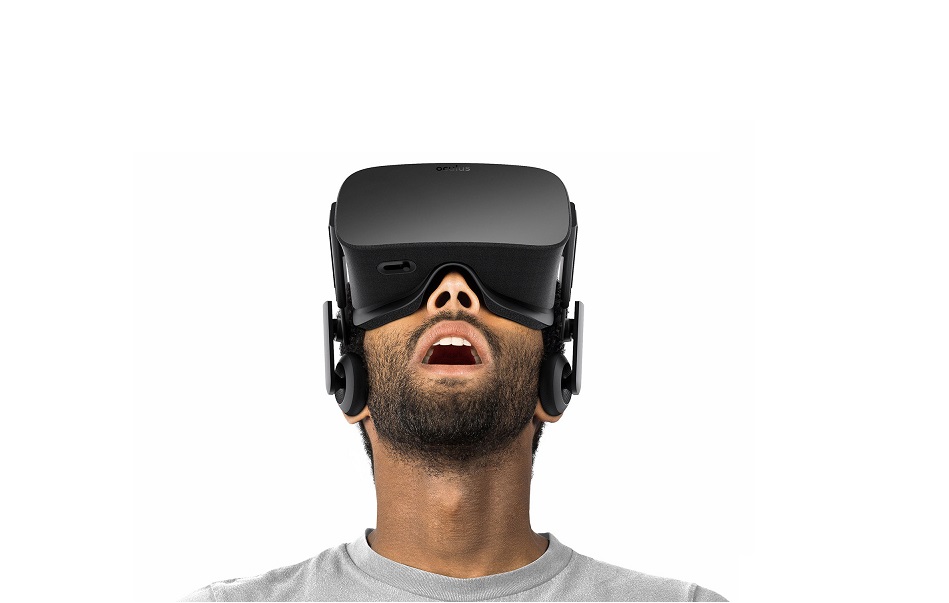
PSVR continues to lead VR market with 463,000 units shipped last quarter; firm says AR software will overtake VR before 2022
Augmented reality and virtual reality are poised to grow at a surprisingly steady pace over the next four years. According to market intelligence firm IDC, worldwide spending on AR and VR products and services will be up 69% next year, and will sport a five-year compound annual growth rate inching closer to 70% from 2017 through 2022.
Those numbers are pulled from the most recent update to IDC’s Worldwide Semiannual Augmented and Virtual Reality Spending Guide, which puts this year’s AR/VR tally at $12.1 billion and next year’s at $20.4 billion.
“Early market developments indicate adoption of AR/VR technologies on a worldwide basis will expand for a decade or longer,” said the group’s research director of customer insights and analysis Marcus Torchia. “The innovators that serve a broad base of industries support dynamic end user needs through the growing options in hardware and software solutions. We believe services will play a more prominent role in enterprise investments as the market matures.”
While consumer spending on AR/VR is and will remain the single largest portion of the market, it is expected to grow at a slower pace (37% CAGR) than retail, manufacturing, government, and wholesale spending on the technologies. For 2019, VR gaming is expected to bring in $4 billion, while AR gaming will trail with $616 million. IDC believes hardware will account for more than half of all VR/AR spending throughout 2022, with AR software spending overtaking VR software’s total by 2021.
IDC also released some numbers on the recent performance of VR hardware, with GameDaily.biz reporting that the firm found VR enjoying a positive third quarter of shipments. From July through September, global VR headset shipments were up 8.2% to 1.9 million units. Among tethered headsets, PSVR led the way with 463,000 units shipped. The Oculus Rift shipped 300,000 units, while HTC’s Vive added another 230,000 headsets to the channel.
Stand-alone VR headsets accounted for about 21% of the market during the quarter, with the Oculus Go and its overseas counterpart Mi VR combining for about 250,000 units shipped. The growth of the stand-alone market appears to be coming at the expense of mobile VR set-ups like the Gear VR, which saw shipments slip by 58.6%.
On the AR side of things, growth is technically coming faster (shipments were up 9.4% for the quarter), but the quantities are still much lower. Lenovo led the way for the quarter thanks to its Star Wars Jedi Challenges headset, but still only shipped about 23,000 AR devices.

